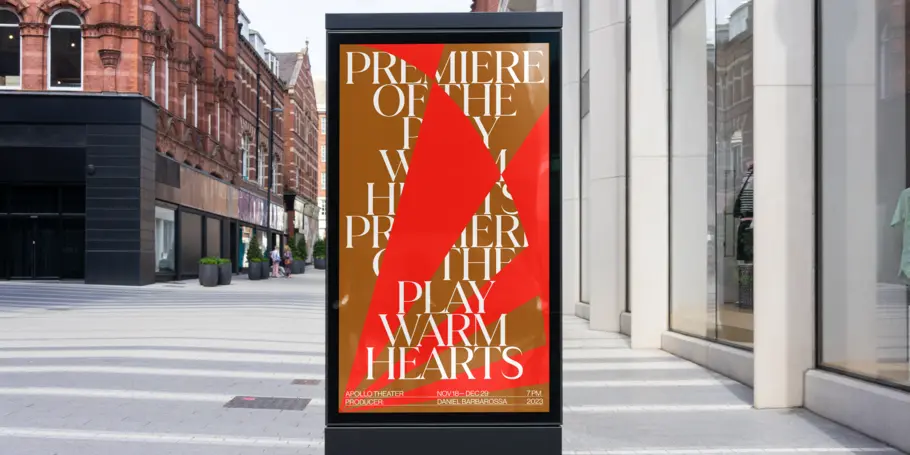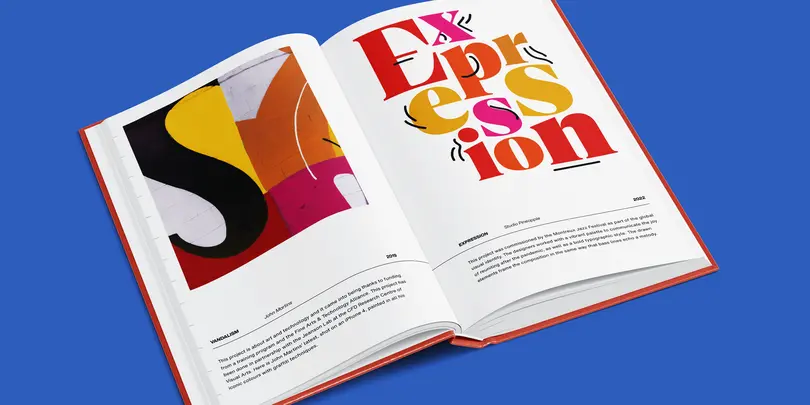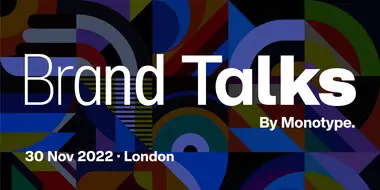Spark your creativity: Expert tips to keep you focused and inspired.

Marie Boulanger, Brand Designer
For most creatives, starting a new project is both an exciting yet intimidating endeavor. Getting into a ”flow state” can take some time and translating your client’s objectives into inspiration doesn’t always happen immediately. Regardless of your creative discipline, you may begin with a mood board or scan for fodder to ignite that spark. What if you already had a reliable Rolodex of design inspiration at the ready?
Inspiration tends to be a very personal experience. Most people have their own rituals: go for a walk, make coffee, browse Behance, sit down with a design book, and so on. To avoid getting lost in a rabbit hole of scrolling for inspiration online or waiting for it to strike, it can help to build a library and set some constraints.
We are all exposed to masses of visual content everyday: between imagery and video on social media, ads and billboards, product packaging, TV titles, signage, and more, it can often feel like visual overload. A good first step to finding fresh inspiration is to start by looking for things that stand out to you, and really consider why they’re meaningful. Monotype’s own Brand Designer, Marie Boulanger (get to know her here), describes how she keeps a fresh eye on the world.

“We designers think about what we see all the time,” she says. “If I’m looking out for something specific, it has to make me think, or stop me in my tracks or cause me to react in some way. It can be somebody’s style that’s really personal and unique. It could be the medium that they use or the way that they create with a certain material, or the way that it’s presented. That’s why I try to avoid mindlessly scrolling because otherwise everything blends together. Nothing stands out. Try to keep your sense of inspiration somewhat organic by paying attention to the reactions you have to the work - that’s important.”
Weave a web of inspiration.
You can’t control when inspiration strikes (hence the existence of products like the shower whiteboard) but what if you put as much work into building a springboard for inspiration as you do for crafting the work itself? If you’re looking for new sources of inspiration, Marie dished out some of her favorites here.
Organize your collection based on your personal connections.
Once you have a good mix of inspiration from different places, how do you keep track of it all? There’s obviously no right or wrong way to organize your library, but the personal links you form with the items in your collection can help you categorize it so you can call upon it when it matters. Think about what resonated with you when you found the piece in the first place and use that as a basis for organization.Going a step further, it can be helpful to organize your library (whether digital or physical) by themes (“brush scripts,” “street signs” or “vintage packaging”) and project types (branding, logo, UX/UI) so it’s easier to build mood boards Below are some examples of how to classify your content:
- Seasonality
- Project type (branding, logo, layout, ad, etc.)
- Industry
- Textures
- Mood
“You can even use tags to have multiple filters. If you wanted to use location and style, for example, or where you found the item: whether it be in packaging or on a road sign - you could also organize that way,” says Boulanger, “It’s important to have multiple ways of classifying things.”
Reverse-engineer inspiration.
When starting the work, the pressure to have a big, new idea can feel overwhelming. But if you have a well organized arsenal of meaningful pieces meant to inspire, you can be much more intentional about getting there. Train your brain to filter the things you see and interact with on a daily basis, based on what you find inspiring and it will become a natural process that happens by default.
“I see things [that inspire me] and I’m used to having a phone out and taking pictures so it’s easy to capture them,” Boulanger says. “I don’t really think about the process anymore. The way it works for me is not that I think to myself, ‘oh, let’s get inspired for 30 minutes.’ I’ve spent years creating a physical, digital, and mental library of things that inspire me, so that when I need to I can dive into them.”
Having a large library is not only key, creating constraints for yourself can help too. While out on a walk in London one day, Marie decided to collect as many fruit stickers as she could. What went from a fun challenge, sparked the idea for the theme for her 36 Days of Type project.
“For this year’s 36 days of type, I designed a custom set of 36 fruit stickers with A for Apple, B for Banana, et cetera,” Boulanger says. “It all started because I went on a walk and was feeling a bit low and thought, ‘I’ll just try and collect as many fruit stickers as I can.’ And I got 26. I thought that was fun because it fit 26 letters. I remembered that 36 Days of Type was coming up. And then, boom it just happened. I became really obsessed with fruit stickers and I started googling and I found an article about type designers collecting fruit stickers. Later I found scans and archives from people’s personal collections. And that would never have happened if I hadn’t gone outside and looked at real things. So for me, it’s never either/or, it’s just a whole web of things that work together.”
Reach creative enlightenment.
There will always be a book you haven’t opened in five years, or a folder you’ve forgotten about that just might become the foundation for what you’re working on. Don’t be afraid to revisit pieces you’ve already used. Inspiration can strike at any time. It’s rarely linear and won’t always fit it neatly during your design phase. If you can build an easily accessible library that you know in and out you’ll be more likely to hit that coveted “a’ha!” moment where you connect the dots between something you’ve seen, heard, or read with your creative problem at hand.














![[Webinar] Finding your voice: How to choose the right typeface. [Webinar] Finding your voice: How to choose the right typeface.](/sites/default/files/styles/380x190/public/2023-02/MT_PDG_N-303_Lifestyle_1_188.webp?itok=0dIwlBkh)